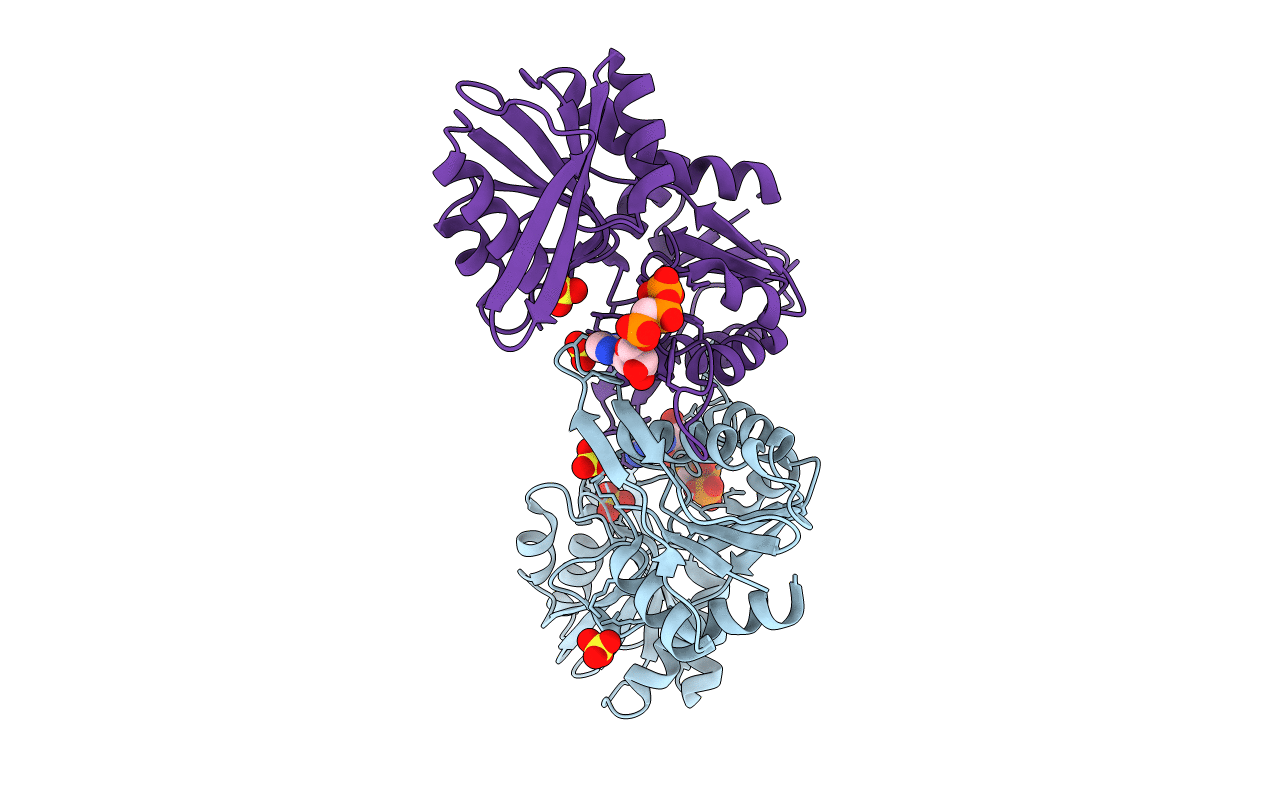
Deposition Date
2010-02-05
Release Date
2011-02-09
Last Version Date
2023-09-06
Entry Detail
PDB ID:
3LPN
Keywords:
Title:
Crystal structure of the phosphoribosylpyrophosphate (PRPP) synthetase from Thermoplasma volcanium in complex with an ATP analog (AMPCPP).
Biological Source:
Source Organism:
Thermoplasma volcanium (Taxon ID: 50339)
Host Organism:
Method Details:
Experimental Method:
Resolution:
1.80 Å
R-Value Free:
0.21
R-Value Work:
0.17
R-Value Observed:
0.17
Space Group:
P 1 21 1


